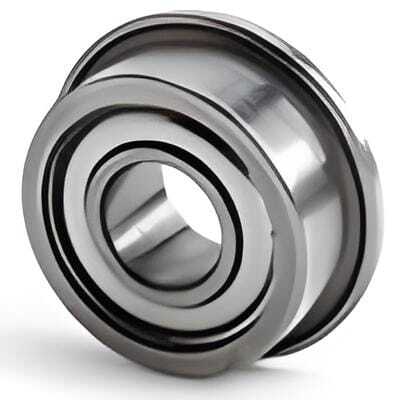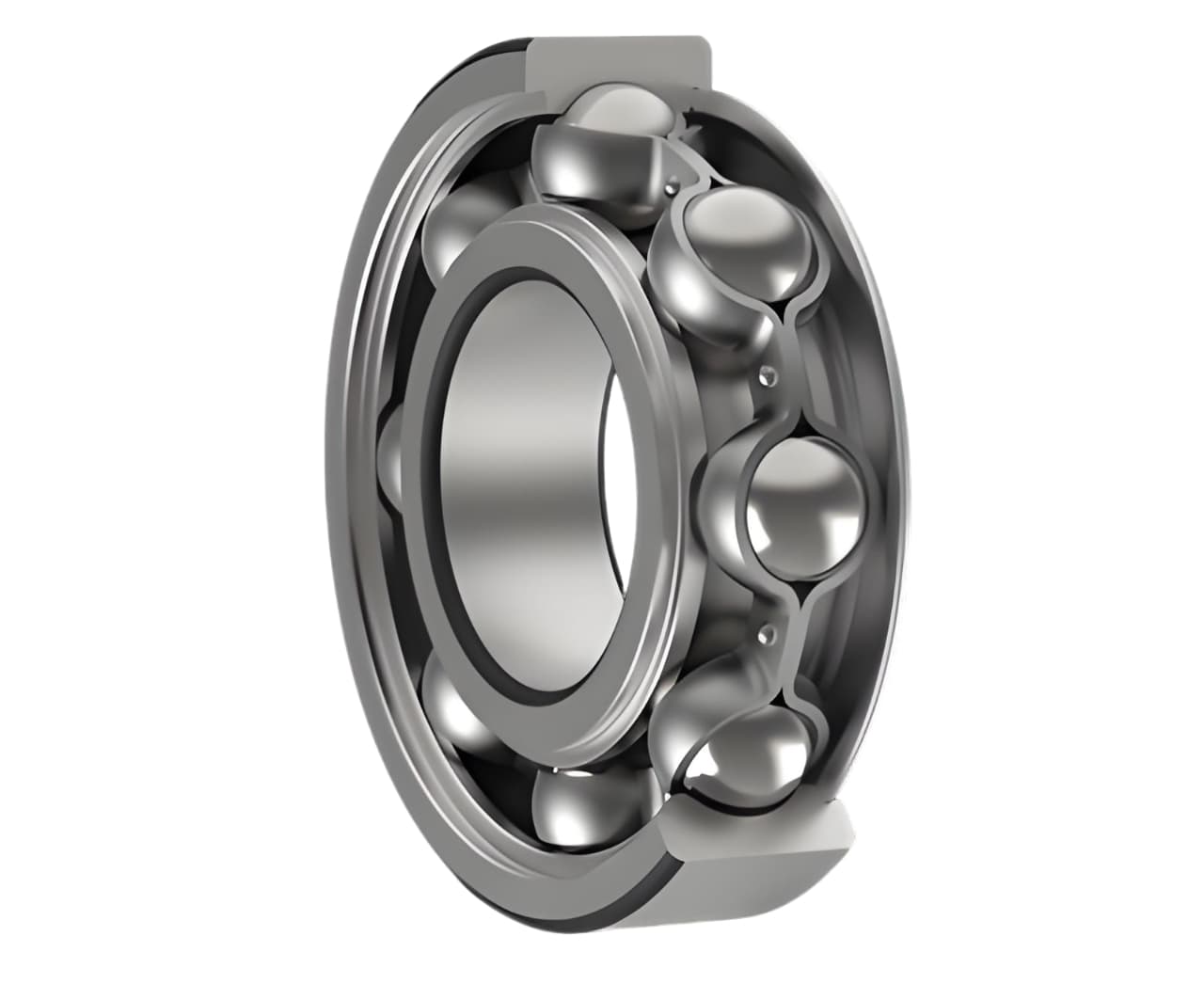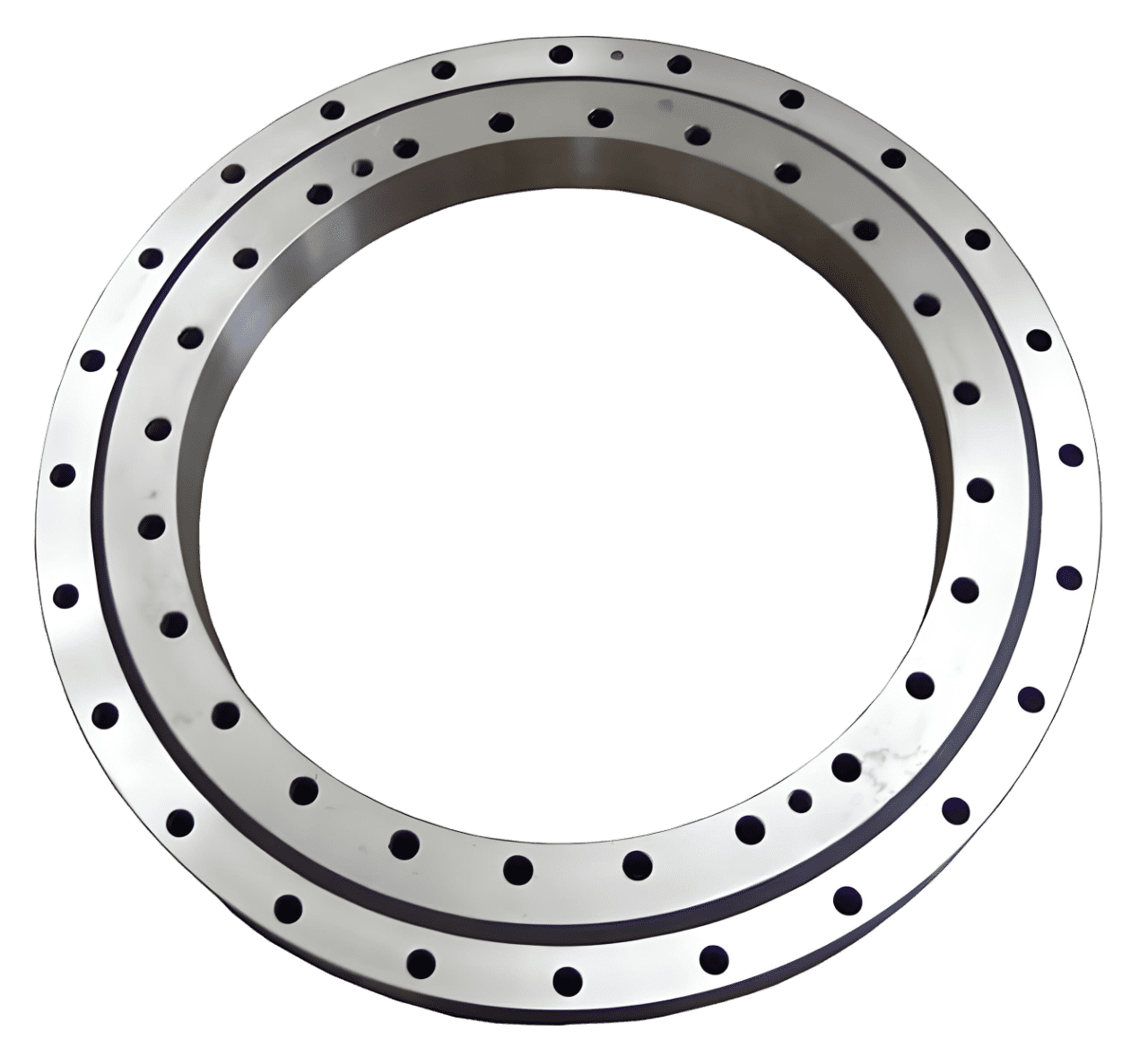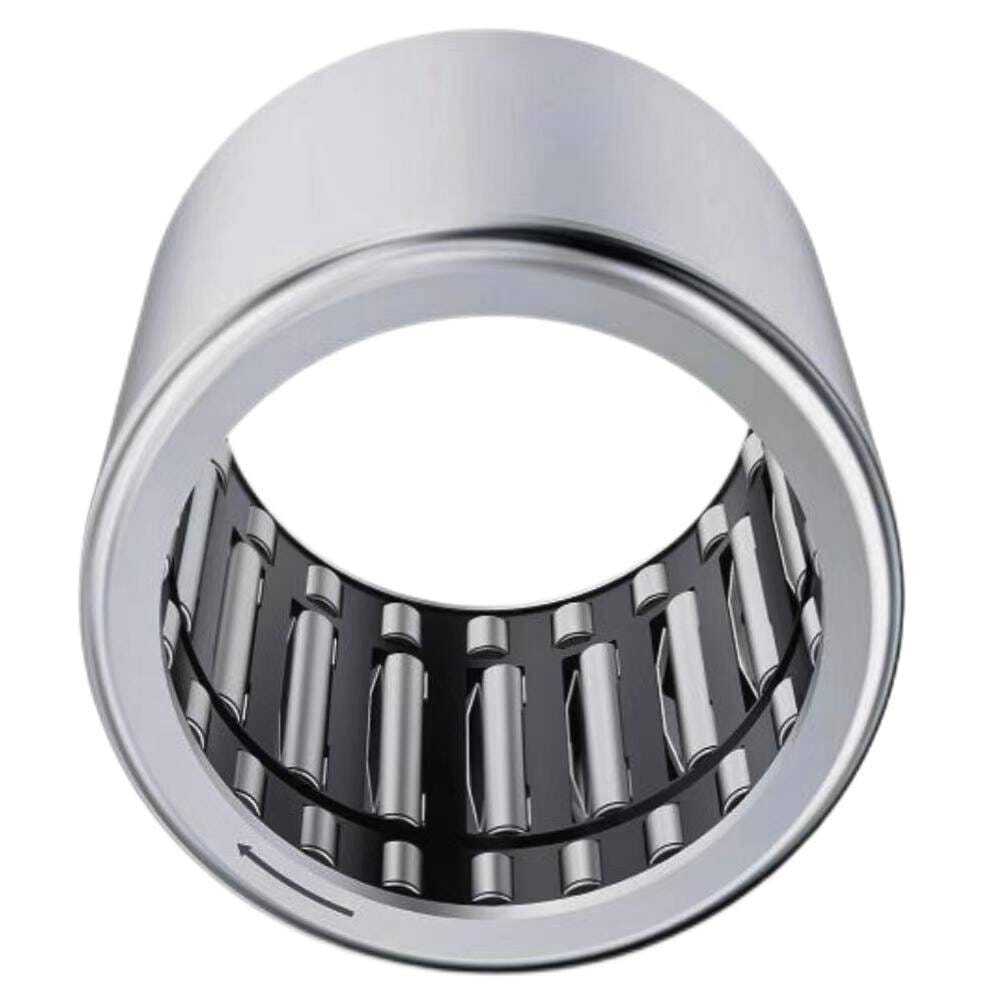How to Measure a Bearing
Effective bearing measurement is key for optimal machine performance and safety. It helps identify the right bearing type and size, especially when a...

One way clutch bearings, also known as overrunning clutches or one way bearings, are highly valuable components in many mechanical systems. They allow rotation in one direction while restricting it in the other. Installing these bearings correctly is crucial to ensure the long-term reliability and optimal performance of your machinery. In this blog, we'll walk you through the key steps and best practices for properly installing one way clutch bearings.
One way clutch bearings are specialized components designed to allow rotational motion in one direction while preventing it in the opposite direction. These needle bearings are commonly used in applications such as conveyor systems, automotive starters, and industrial machinery to control rotational movement efficiently.
There are several types of one way clutch bearings, including Sprag-Type, Roller-Type, Cam-Type, Tandem, and Pawl-Type clutches. Here is a brief overview of each type and how it may relate to installation:
Before installation, carefully inspect the one way clutch bearing to ensure it is free of defects or damage. Examine the surrounding components, including the shaft and housing, for any dirt, rust, or damage that could hinder a proper fit. A clean, smooth surface is essential for successful bearing installation. Imperfections can compromise the bearing's function.
Tip: Use a lint-free cloth to clean the surfaces, and consider using compressed air to remove fine particles that could impact the fit.
One way clutch bearings are designed to work within specific tolerance levels. Check the recommended tolerances for the shaft and housing, and ensure they match the bearing manufacturer’s guidelines. The correct fit is critical for both the inner and outer races of the bearing to function as intended without excessive wear.
To prepare the shaft and housing for installation, thoroughly clean and degrease them to eliminate any contaminants. Make sure the surfaces are dry before proceeding. If lubrication is needed during installation, use only the type recommended by the manufacturer. This will prevent potential issues, such as the lubricant interfering with the clutch action.
Tip: Use an appropriate degreaser and allow the parts to dry completely before proceeding. Any residual moisture can interfere with the bearing fit or lubrication.
One way clutch bearings often have directional features that must align properly during installation. Be sure to identify the intended direction of rotation and install the bearing accordingly. Typically, markings or arrows on the bearing will indicate the correct installation direction.
Proper lubrication is essential for one way clutch bearings, but it’s important to use the right type and amount. Over-lubrication can interfere with the one-way mechanism, while insufficient lubrication can lead to overheating and increased wear.
Most one way clutch bearings work well with a light film of oil. However, some applications may require a specific lubricant. Always follow the manufacturer’s recommendations for the lubricant type and application method.
Once the bearing is in place, secure any retaining rings or fasteners. Rotate the shaft manually to confirm that the bearing functions as intended. It should rotate freely in the desired direction and lock in the opposite direction. This simple test will help you catch any potential alignment or installation issues before the bearing is subjected to operational loads.
Q: What are the most common applications for one way clutch bearings?
A: One way clutch bearings are commonly used in applications such as automotive transmissions, conveyor systems, and industrial machinery to control rotational movement and prevent reverse rotation.
Q: Can I use any lubricant for one way clutch bearings?
A: No, it is important to use the lubricant type recommended by the manufacturer. The wrong lubricant can interfere with the clutch mechanism or cause premature wear.
Q: What if the bearing feels loose during installation?
A: If the bearing feels loose, the shaft or housing may be out of tolerance. Measure again and consider consulting with the manufacturer to determine the appropriate corrective action.
Correct installation of one-way clutch bearings is crucial for optimal performance and longevity. By following these steps, you can help prevent premature failure and keep your machinery running smoothly. Always refer to the manufacturer’s guidelines for specific details, as each type of bearing may have unique requirements.
If you need further assistance with choosing or installing one-way clutch bearings, feel free to reach out — we're here to help!

Effective bearing measurement is key for optimal machine performance and safety. It helps identify the right bearing type and size, especially when a...

Removing a bearing from machinery is a critical task that can influence the longevity and performance of both the bearing and the equipment itself....

In the demanding realm of food processing and packaging, every component's efficiency and reliability are critical for operational success and health...